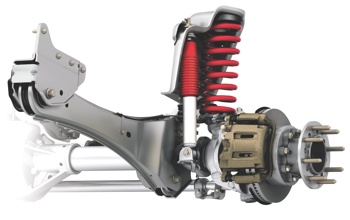Arnott Introduces Air Suspension Shock for 2004-2010 Infiniti, Nissan Armada
Arnott has introduced a new air suspension shock for the rear of the 2004-2010 Infiniti QX56 (JA60) and Nissan Armada (WA60).
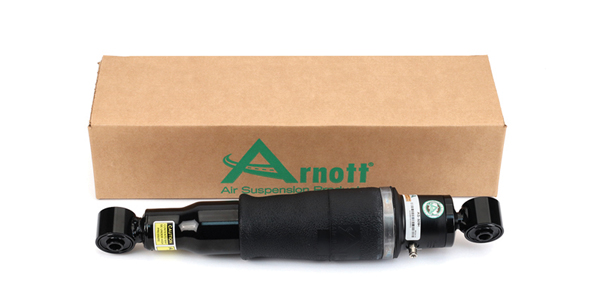
Why Shocks, Struts and Tires Wear Down
Shocks, struts and tires wear over time but why exactly? Here’s a simple explanation.
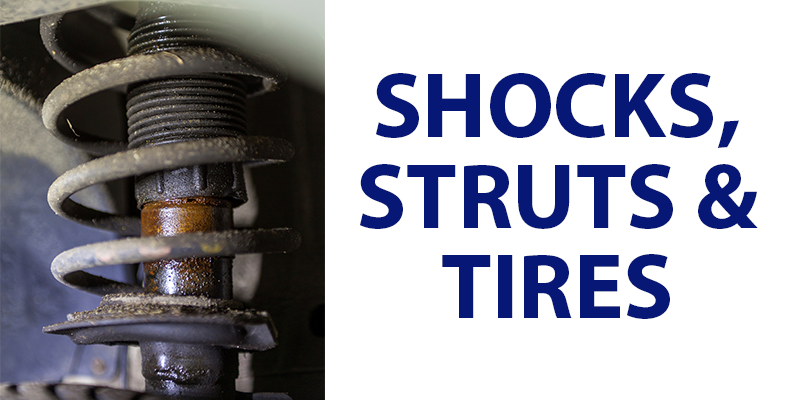
Tenneco Activates ‘Feel the Difference’ Risk-Free Trial
Tenneco has activated its new “Feel the Difference” Guarantee on the purchase of four qualifying premium Monroe shocks and struts, previously announced at AAPEX.

Why Selling Four is Better Than Settling for Just Two
We have all been in a situation where the customer comes in with a damaged or leaking shock/strut that needs immediate attention, while the rest of the shocks/struts have more than 80,000 miles on them and are due for replacement. Recommending replacement of all four units is the right thing to do, but after you
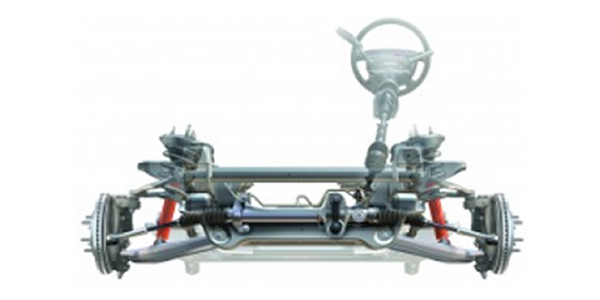
Arnott Introduces New Shocks for Lexus GX 470
Arnott Air Suspension Products has introduced new left or right front and rear shocks for the 2002-2009 Lexus GX 470. The Arnott front shock replaces OEM part numbers 4851060121, 4851069415, and 4851069195. The rear shock replaces OEM part numbers 4853069485, 4853069185, 4853069205, 4853069205, and 4853060071. The rear shock will work with the Arnott Rear Air Springs A-2466, the
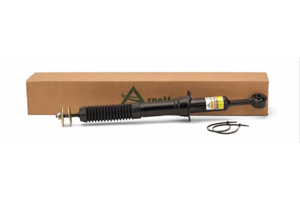
Tenneco Offers Rancho Spring Promo
Tenneco’s Rancho brand will offer consumers a rebate on qualifying lift kits, shocks and other components this spring. Between March 1 and June 30, customers who purchase qualifying Rancho lift kit and parts invoiced at $1,600 or more will receive a $300 Visa prepaid card. Consumers can also earn a $200 Visa card for Rancho
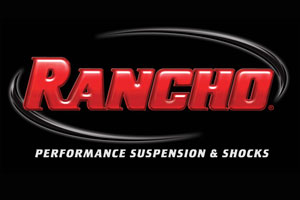
Twin-Tube Advantage
Twin tube shocks and struts have been used as OE on most vehicles for many years. In recent years, though, we’ve also seen more monotube shocks and struts being used as OE dampers on sports and performance vehicles. So what’s the difference and what are the advantages and disadvantages of each design? In 1932, the
